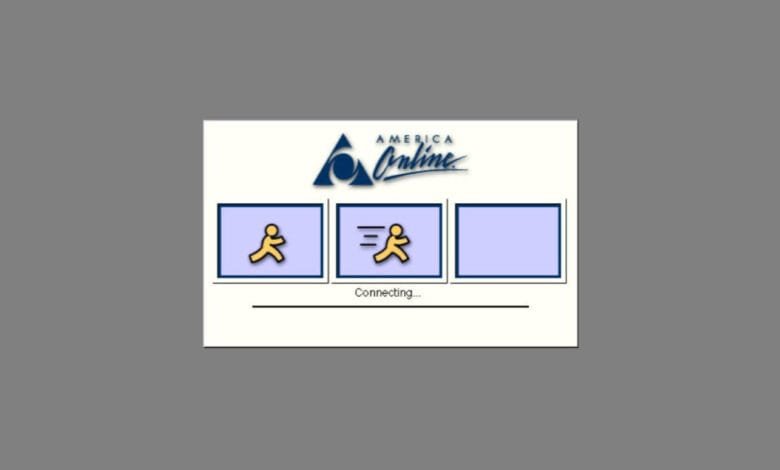AOL Shuts Down Dial-Up Internet After 34 Years

▼ Summary
– AOL is shutting down its dial-up modem service on September 30, 2025, ending a 34-year legacy as a primary Internet gateway for millions in the 1990s and early 2000s.
– The shutdown includes retiring AOL Dialer software and AOL Shield browser, tools that managed connections and optimized browsing for slower speeds.
– AOL’s dial-up service, launched in 1991, peaked at over 20 million subscribers before broadband adoption led to its decline.
– Around 175,000 U.S. households still use dial-up, primarily in rural areas lacking affordable broadband infrastructure.
– The persistence of dial-up underscores the digital divide, with rural users struggling with outdated technology while urban areas enjoy high-speed connections.
AOL’s iconic dial-up internet service, which connected generations of Americans to the digital world, will officially end operations in September 2025 after 34 years. The company recently notified customers that its legacy phone-line internet access will be discontinued, closing a chapter on the technology that defined early web experiences for millions.
Originally launched in 1991 as America Online, the service became synonymous with the dial-up era, offering users their first taste of email, chat rooms, and basic web browsing. At its peak in the early 2000s, AOL boasted over 20 million subscribers, though the rise of broadband eventually made its slower, phone-dependent connections obsolete. Alongside the shutdown, AOL will also retire its Dialer software and AOL Shield browser, tools designed to manage connections and optimize browsing for outdated systems.
Despite the dominance of high-speed internet, around 175,000 U.S. households still rely on dial-up, primarily in rural regions where broadband remains unavailable or unaffordable. For these users, alternatives like satellite internet exist, but data limits and latency issues make them imperfect substitutes. The persistence of dial-up underscores the ongoing digital divide, where some communities remain stuck with technology that struggles to handle modern websites and applications.
The phaseout reflects broader technological progress, yet it also highlights the challenges of ensuring equitable internet access. While urban areas enjoy lightning-fast fiber connections, rural residents often face limited options, leaving them behind in an increasingly online world. AOL’s decision marks the end of an era, one that shaped how people first experienced the internet but has long since been outpaced by innovation.
(Source: Ars Technica)





